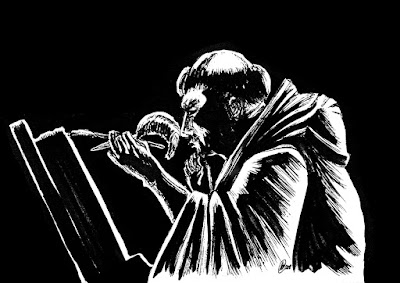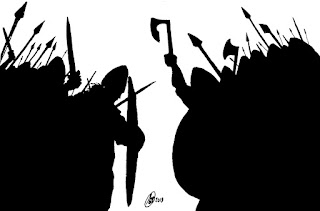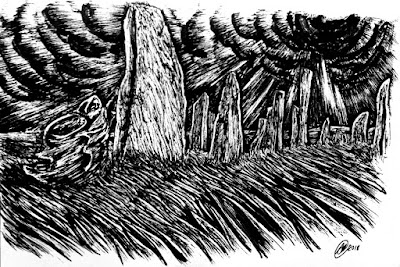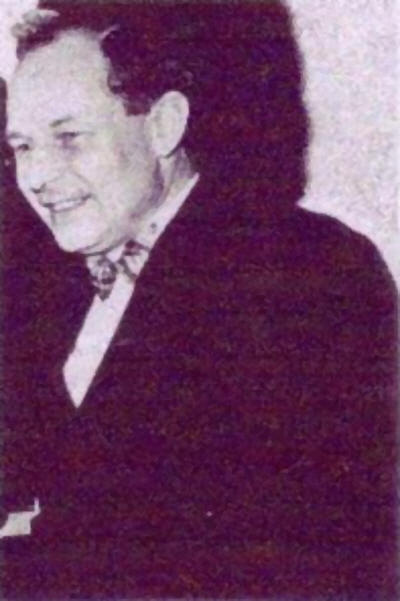The depiction of dinosaurs as monsters has long been a bit of a double-edged sword. On the one hand, dinosaurs-as-monsters has kept them in the public consciousness, and acted as a gateway for more nuanced & naturalistic media, like documentaries. On the other, it can be dispiriting to see them depicted as run-of-the-mill bogles. One of the things I still applaud Jurassic World for its recognition of this dichotomy, exemplified by the Indominus & Indoraptor - warped, disfigured, monstrous abominations which bore little resemblance to the animals from whence they came.
So while I love media that presents dinosaurs as animals, or with a wide variety of temperaments, I also appreciate new ways of making them scary. The Velociraptors in Jurassic Park were iconic because not only were they savage & dangerous, they were also intelligent. This added a certain existential dread to their threat: you could outsmart a T.rex or a Dilophosaurus, but could you be so sure you could outsmart a Raptor?
With that in mind, a fellow RPG aficionado posed this question to me:
I need some truly nasty dinosaurs, real bastards, things that could lay waste to a tough band of adventurers. Real nightmare fuel. Thrill me.
Well, I couldn't not respond, could I?
Because I had such fun writing this, I thought I'd write it down on the blog for posterity.
























